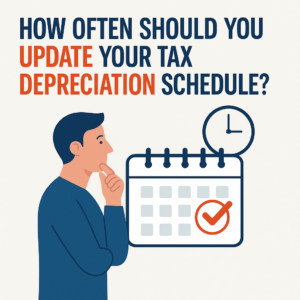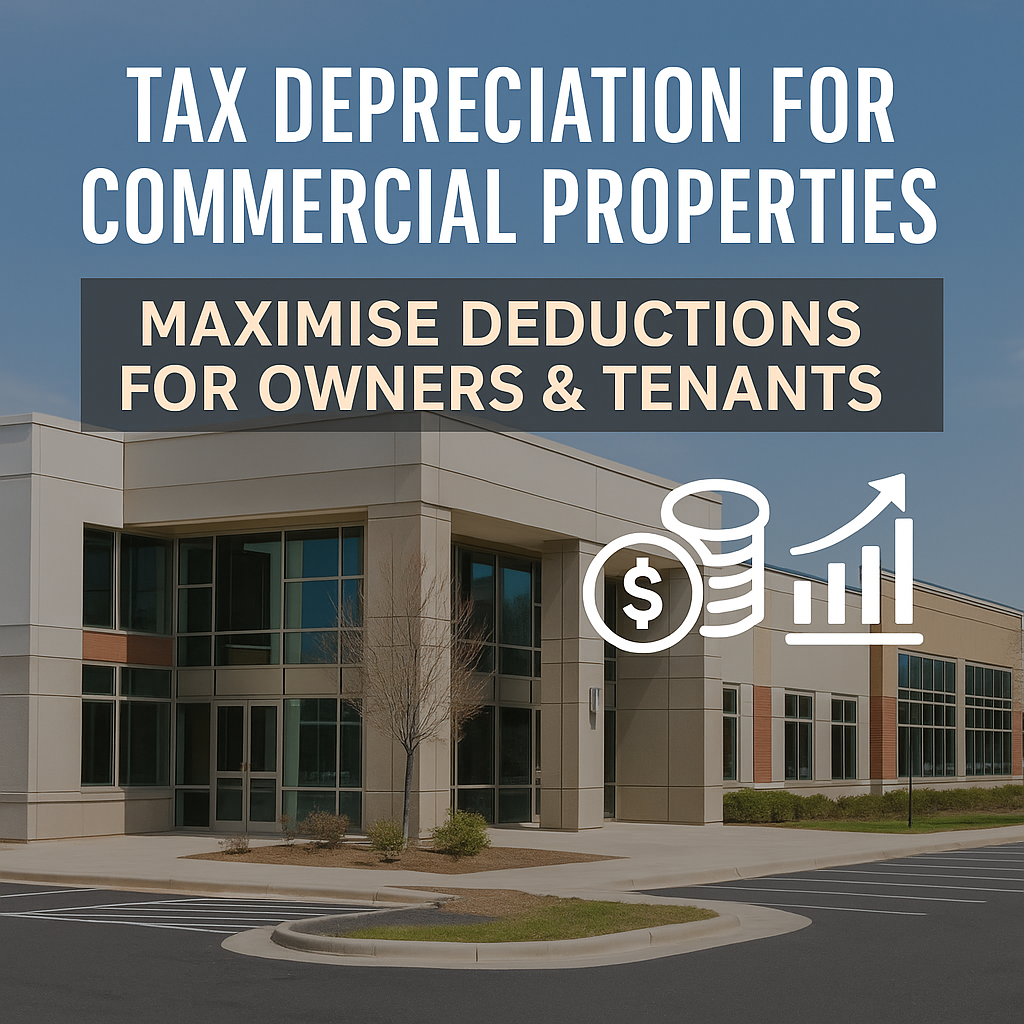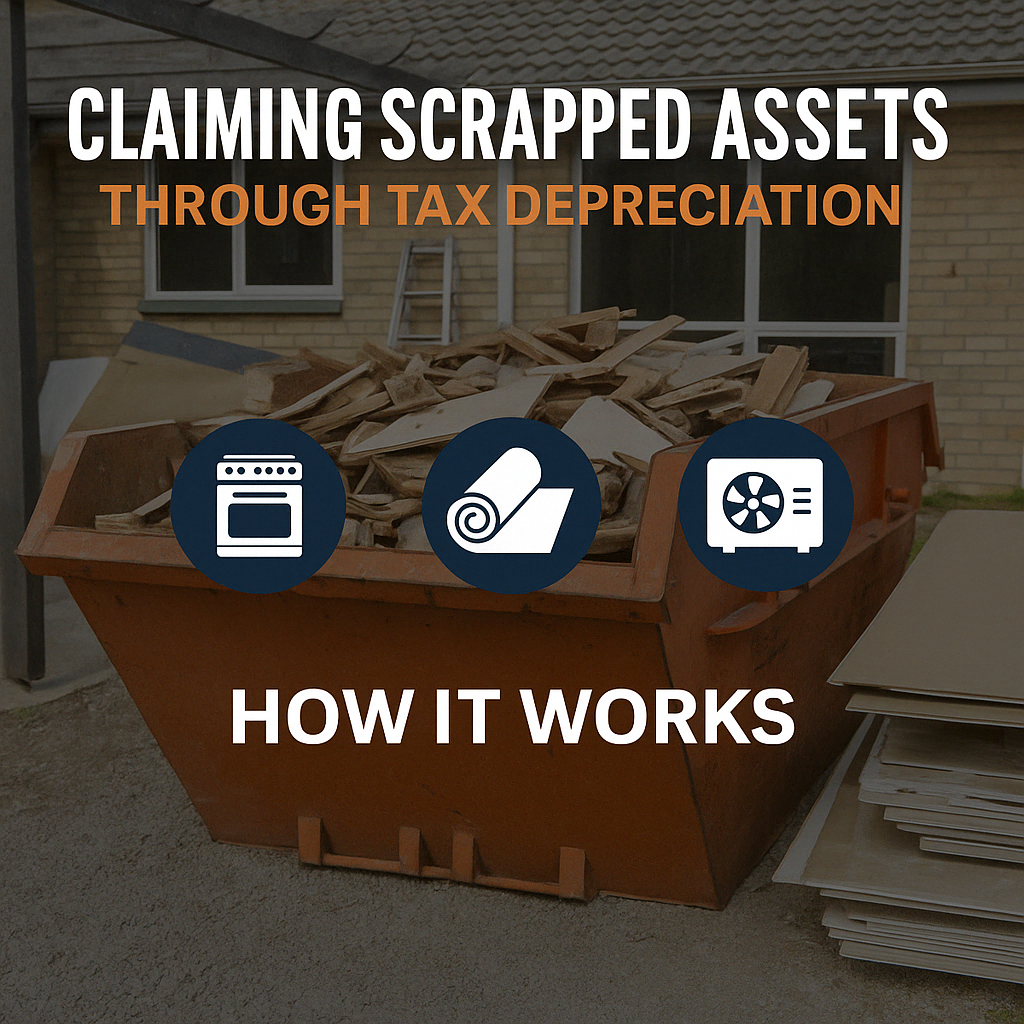📌 Not Just Set and Forget
Many property investors think a tax depreciation schedule is a one-time report—done when they first purchase a property and never touched again.
But in reality, your schedule should evolve with your property. Renovations, replacements, or even a new tenant fit-out can all trigger updates. Failing to update your schedule could mean missing out on thousands in legitimate deductions.
🔄 Why You Should Update Your Depreciation Schedule
Your depreciation schedule reflects the current state of your property’s assets and structure. Over time, your investment property will change—and so should your report.
Here’s when you should review it:
-
🛠️ After a renovation, extension, or fit-out
New kitchens, bathrooms, flooring, or air-conditioning systems should be added to your schedule to maximise Division 40 and 43 deductions. -
♻️ When old assets are removed or scrapped
If you remove an item that still has value on your depreciation schedule, you may be eligible for a balancing adjustment deduction—a lump sum claim of the remaining value. -
🧾 After tenant changes in commercial properties
New tenants may install or leave behind assets. These need to be captured or written off depending on the lease terms. -
🏠 When you convert or change usage of the property
For example, converting your home to an investment property, or vice versa, changes your eligibility and the way depreciation is calculated. -
🧑🔧 If you inherit or receive a property with recent upgrades
You can still claim deductions based on qualifying improvements—even if you weren’t the one who completed them.
🔎 Case Example: Renovation Triggers an Update
Investor Profile:
Nick owned a 1990s investment unit on the Sunshine Coast. His original depreciation schedule was 10 years old.
What Changed:
In 2023, he installed:
-
A new kitchen ($22,000)
-
Flooring upgrade ($7,500)
-
Split system air con ($2,900)
Result:
-
Updated report identified $6,100 in extra Year 1 deductions
-
He also claimed a $2,200 balancing adjustment for the old air conditioner that was scrapped
✅ How Often Should You Review It?
While there’s no fixed timeframe, a good rule of thumb is:
-
Annually: Quick review at tax time with your accountant
-
Every 3–5 years: Full review, especially if upgrades or changes occur
-
Immediately: After any renovation, major replacement, or lease event
🧱 Why Work With TaxShield?
At TaxShield, we don’t just prepare one-off reports—we help you manage depreciation throughout the life of your asset.
-
Prepared by Chartered Quantity Surveyors
-
Backed by ATO-compliant legislation
-
Designed to evolve with your property portfolio
📦 Need to Update Your Schedule?
Whether you’re replacing assets, adding improvements, or reassessing your claims, we’re here to help. Our Investor Starter Package starts at just $395+GST, with custom updates available for existing clients.



